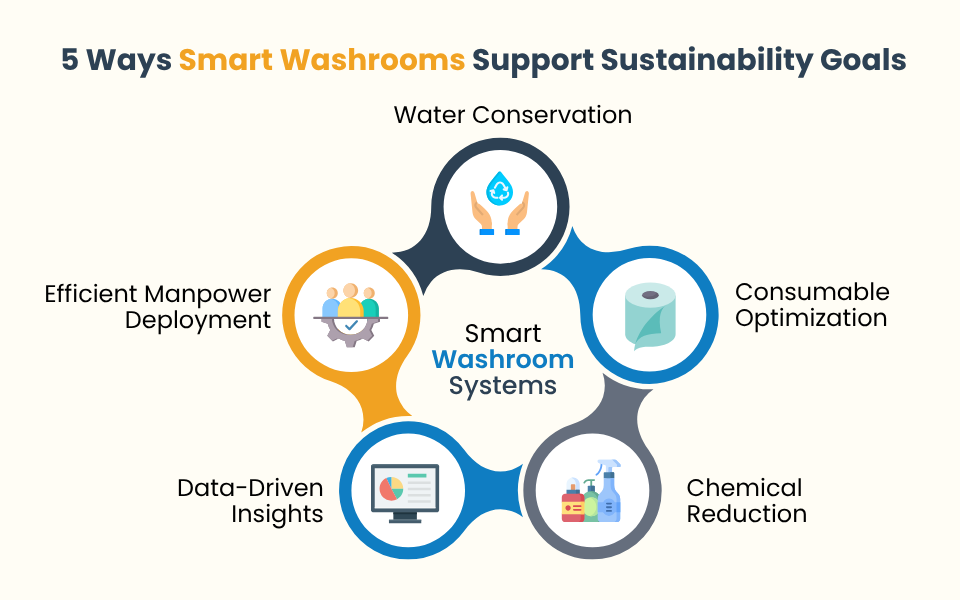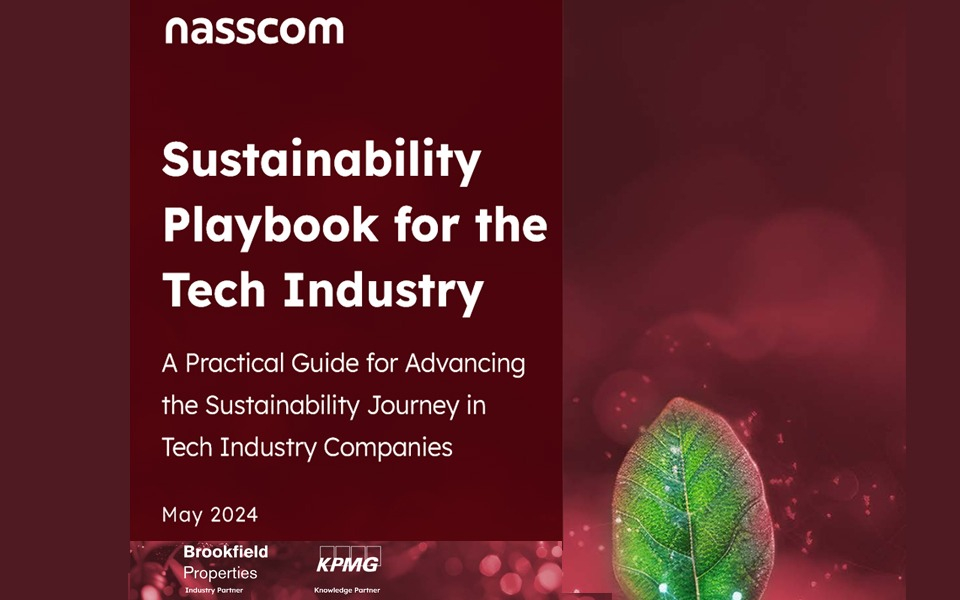Today environmental, social, and governance (ESG) is no longer a component for organizations to participate in. Rather it has transformed into one of the top pathways for organizations to stay relevant and gain stakeholder trust.
The future of the ESG movement lies completely in the quality of accumulated data. Without correct data, organizations cannot be hard-pressed to provide accurate ESG reports.
But how can organizations collect their own quality data, and what components should they include in the collection process?
Let's explore the different types of ESG data and best practices for data acquisition.
Types of ESG Data
When it comes to ESG data, both quantitative and qualitative insights are critical to gain a full picture of sustainability at the organization.
For example, quantitative data provides context on the exact amount of greenhouse gas emissions due to the organization's production. On the contrary, qualitative data helps in understanding the why or how of the events that take place.
Read more: An Ultimate Guide: Understanding ESG Data Providers
In addition, there are three categories of ESG data:
-
Environmental data: This data encompasses all the environmental information, such as carbon emissions and energy consumption within the organization, water usage, and waste outputs.
-
Social data: Social data encapsulated insights on workforce diversity, equity, gender, and human rights
-
Governance data: It relates to topics including labor practices, corruption, and gender composition of the leadership board
Today ESG is all about the data. While many perceive that ESG is required to manage organizational risks, others say it simply obstructs business. However, organizations are identifying the role of ESG data providers to accelerate their profitability and growth. Top-performing companies are able to achieve outcomes due to sustainability, social responsibility, and good governance.
They view ESG data as a tool to drive business value as it assists in generating insights, thereby creating opportunities and boosting performance. However, only a few organizations have reached this level, as they are strategically harnessing ESG data and using it as an instrument to explore opportunities for innovation and growth. Many organizations are focused on just meeting their immediate compliance demands. For organizations to deliver better business results, business leaders must perceive ESG transparency through a new lens.
With the ability to access, analyze, and understand ESG data, they can predict which strategies will help improve business outcomes and deliver high ROI. It is vital for them to prioritize data transparency by breaking down barriers to ESG data and funneling insights into the organization.
Minding the Data Gap
Even at the larger end of the sustainability market, ESG reporting is more forthcoming around greenhouse gas emissions from organizations in emission-intensive sectors.
Read more: ESG Strategy for Growth: Embedding ESG in the Business Model
For businesses that report on their sustainability impacts, discrepancies in disclosures and greenwashing imply that, for investors, the trust issue is enormous. It all boils down to regulation or lack thereof, which generates a lack of standardization and presents a scarcity of verifiable data from companies.
Asset managers and organizations are formulating a net-zero strategy to pick their way through products and data types - from company-level greenhouse gas disclosures to complex indicators that incorporate multiple and specific calculation methodologies. The ESG landscape has become a really complex environment for organizations and investors to navigate.
Organizations are assessing and meeting ESG data needs and compiling data reporting to present net-zero results. In providing data, the first important thing that organizations should be clear about is the purpose of the data set - by identifying - What are they measuring? and how are they actually measuring it? Finding answers to these queries will help in properly embedding the data into the processes. And with investor demand for new data sets rising, managers are looking for data on topics including biodiversity impacts and water scarcity. They are also aiming for a broader set of social metrics with substituted data.
The Importance of Formulating Quality Data
When accumulating quantitative and qualitative data, it is important to note that qualitative data is invaluable to the organization as investors rely majorly on quantitative ESG data to understand and identify where to lend their support. For investors, an organization's ESG performance is only as good as its ESG data quality. Due to this reason, correct ESG data is important. Incomplete data can offer inaccurate reporting, along with a lack of transparency and potential backlash from stakeholders. In addition, the SEC has proposed new legislation that mandates organizations to participate in climate disclosure. Quality ESG data is essential for compliance with this legislation.
Read more: ESG and Impact Investing: The Future of Responsible Finance
Collecting Quality ESG Data
Collecting and consolidating quality ESG data is a daunting task; however, it is vital for sharing an organization’s sustainability journey. ESG data can be sourced from the organization directly or from publicly available third-party resources. When it comes to ensuring ESG data quality, many vendors often offer auditing tools to ensure the accuracy of the ESG data.
Can ESG Data Help Organizations and Their Success?
In the last decade, the magnitude of ESG data available to investors has skyrocketed. Regulatory scrutiny, coupled with investor and stakeholder appetite, has driven this demand for ESG data. And at the same time, big data technological innovations are providing access to company disclosures, modeled scenarios, and public statistics that support ESG ratings and scores.
Among these advances, artificial intelligence (AI), machine learning (ML), automation, and geospatial imagery are producing increasingly granular data. And organizations are committing to measuring and making ESG data available to the public, thus fostering a sense of trust for future investors and customers.
ESG data solutions are directly associated with corporate sustainability.
In other words, if an organization establishes a routine to calculate its ESG data and report, it helps in evoking a greater sense of trust among all investors, customers, and third parties that contribute to the business.
Key Highlights
-
Both qualitative and quantitative data are significant for an organization. It helps in understanding where the company stands from an ESG standpoint.
-
For investors, quantitative data is often invaluable. It is, therefore, essential for organizations to provide them with the data they require for informed decision-making.
-
Incomplete data can be detrimental to an organization. Hence it is important to accumulate all necessary insights before releasing ESG reports. If an organization does not have certain data, it can disclose that fact in the report rather than fabricating data.
Read more: ESG and Sustainable Investing: A Guide for ESG-Focused Investors in 2022
Are we Heading in the Right Direction?
For organizations, having the right ESG data is all about gathering the right level of information and gaining access to the very granular, question-level data so that that data can be used to make better decisions. The key is presenting investors with an appropriate interpretation of the data scenarios and being transparent about the methodologies applied.
While some are still hesitant about whether the sector is moving in the right direction, given the significant limitations around ESG data, other organizations are positive about the growing significance of ESG data. With net-zero disclosures becoming a priority, industries are undergoing huge transformations amid the evolving regulatory landscape and growing investor sophistication around their data needs and technological innovation.
Looking at the future, more advances in ESG data, such as geospatial imagery to pinpoint location-specific carbon emissions and remote sensor technology, will have transformative potential. By closing the gaps in corporate disclosures, insights gathered will offer organizations the benefits of verifiability, accuracy, and immediacy.

































